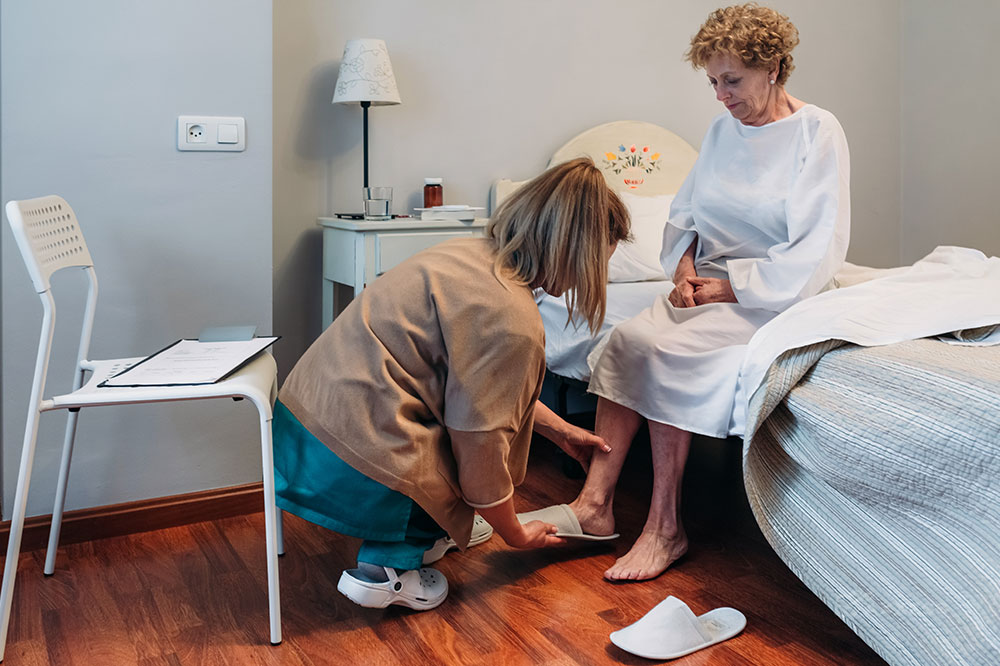
In 2020, the Centers for Medicare and Medicaid Services (CMS) introduced the Patient-Driven Groupings Model (PDGM), which shifted to a patient-centered payment system that focuses on clinical characteristics and other meaningful patient information.
Under PDGM, the 60-day episode of care was divided into 30-day billing periods, with the potential of 432 case-mix groups for the purposes of adjusting payment.
Two years into PDGM clinicians still have trouble determining appropriate case-mix groups for patients and how to effectively manage these visits for maximum reimbursement.
Under the 30-Day Billing Period
The 30-day billing periods are further placed into subgroups as follows:
- Admission source: Community or institutional admission source
- Timing of the 30-day period: Early or late
- Clinical grouping:
- Musculoskeletal Rehabilitation
- Neuro/Stroke Rehabilitation
- Wounds
- Medication management, teaching and assessment (MMTA) – Surgical aftercare
- MMTA – Cardiac and circulatory
- MMTA – Endocrine
- MMTA – Gastrointestinal tract and genitourinary system
- MMTA – Infectious disease, neoplasms, and blood-forming diseases
- MMTA – Respiratory
- MMTA – Other, behavioral health or complex nursing interventions
- Functional impairment level: Low, medium or high
- Comorbidity adjustment: None, low or high, based on secondary diagnoses
Among the subcategories listed above, it is important for home health organizations to understand the impact that the 12 clinical groupings have on the case-mix and how to manage visits per clinical grouping under PDGM.
It Starts with the Primary Diagnosis
The determinate of a patient’s clinical grouping is based solely on their primary diagnosis.
Accurate ICD-10 coding, along with a comprehensive assessment and collaboration with the certifying physician, is vital to ensure that accurate and appropriate payment is given for services provided. A robust home health software that has code suggestions and assessments built in for compliance and efficiency can help with accurate reimbursements.
While PDGM eliminated therapy service-use thresholds for adjusting home health patients, there are two clinical groups under the PDGM where the primary reason for home health services is for therapy, musculoskeletal rehabilitation and neuro/stroke rehabilitation.
PDGM essentially created a payment system which relies more heavily on clinical characteristics and other pertinent patient data to develop more meaningful payment categories, further shifting reimbursement away from service quantity toward service quality.
In this two-part blog series, we explore what home health organizations can do to properly manage visits per episode by clinical grouping under PDGM.
Axxess Home Health, a cloud-based home health software, includes a PDGM Help Center with resources to help clinicians succeed and provide quality care.
